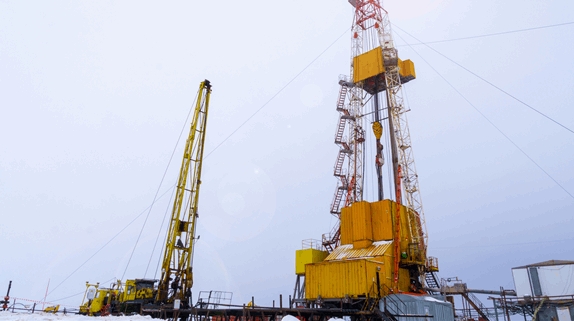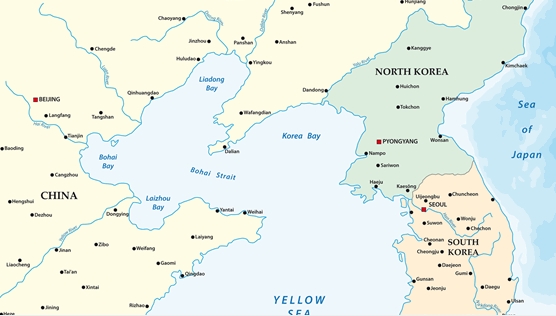U.S. energy firms this week increased the number of oil rigs operating for the first time in eight weeks even though energy services firms are cutting jobs as most producers follow through on plans to reduce spending on new drilling this year.
Companies added two oil rigs in the week to Oct. 11, bringing the total count to 712, General Electric Co's Baker Hughes energy services firm said in its closely followed report on Friday.
In the same week a year ago, there were 869 active rigs.
The oil rig count, an early indicator of future output, has declined over a record 10 months as independent exploration and production companies cut spending on new drilling as they focus more on earnings growth instead of increased output.
U.S. oilfield services firm Halliburton on Wednesday said it was cutting 650 jobs across Colorado, Wyoming, New Mexico and North Dakota amid slowing oil and gas activity.
Even though the number of rigs drilling new wells has declined since the start of the year, oil output has continued to increase in part because productivity of those remaining rigs - the amount of oil new wells produce per rig - has increased to record levels in most U.S. shale basins.
The U.S. Energy Information Administration projected U.S. crude output will rise to 12.3 million barrels per day (bpd) in 2019 from a record 11.0 million bpd in 2018.
U.S. crude futures, meanwhile, traded around $54 per barrel on Friday, up 2% after Iranian media said a state-owned oil tanker had been struck by missiles in the Red Sea near Saudi Arabia. The contract was on track for its first gain in three weeks.
Looking ahead, U.S. crude futures were trading around $54 a barrel for the balance of 2019 and $53 in calendar 2020.
U.S. financial services firm Cowen & Co this week said that projections from the exploration and production (E&P) companies it tracks point to a 5% decline in capital expenditures for drilling and completions in 2019 versus 2018.
Cowen said independent producers expect to spend about 11% less in 2019, while major oil companies plan to spend about 16% more.
In total, Cowen said all of the E&P companies it tracks that have reported plan to spend about $80.5 billion in 2019 versus $84.6 billion in 2018.
Cowen said eight of the 47 E&Ps it tracks have reported spending estimates for 2020 with two increases and six decreases versus 2019.
Year-to-date, the total number of oil and gas rigs active in the United States has averaged 978. Most rigs produce both oil and gas.
The number of U.S. gas rigs, meanwhile, fell one to 143, the least since January 2017.
Analysts at Simmons & Co, energy specialists at U.S. investment bank Piper Jaffray, forecast the annual average combined oil and gas rig count will slide from a four-year high of 1,032 in 2018 to 951 in 2019 and 906 in 2020 before rising to 957 in 2021.
That is the same as Simmons forecasts since late September







